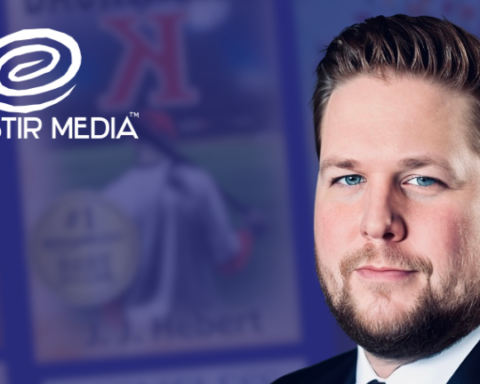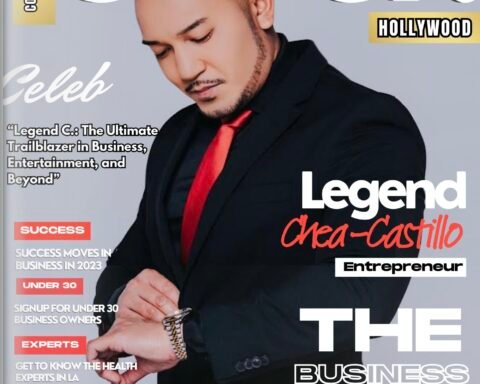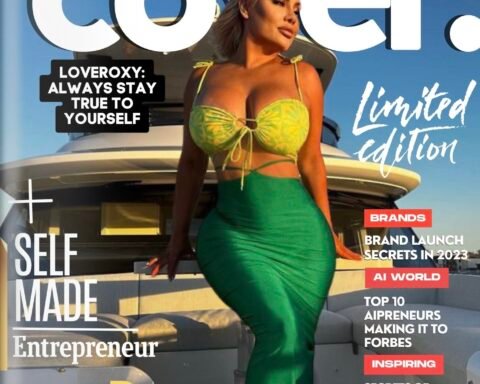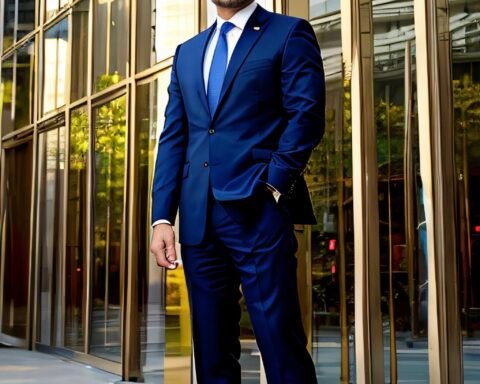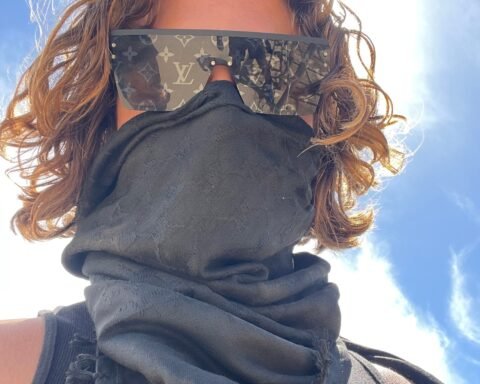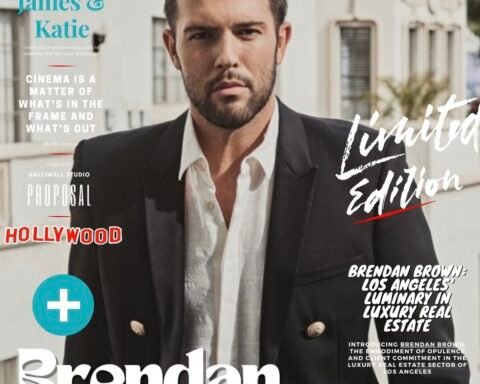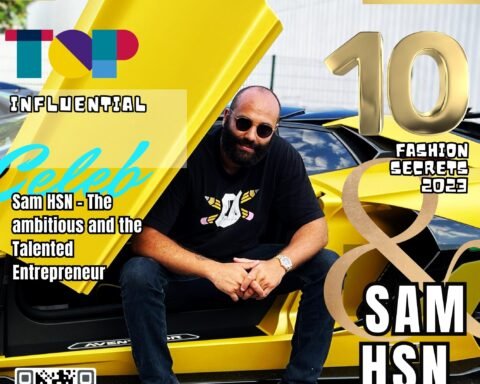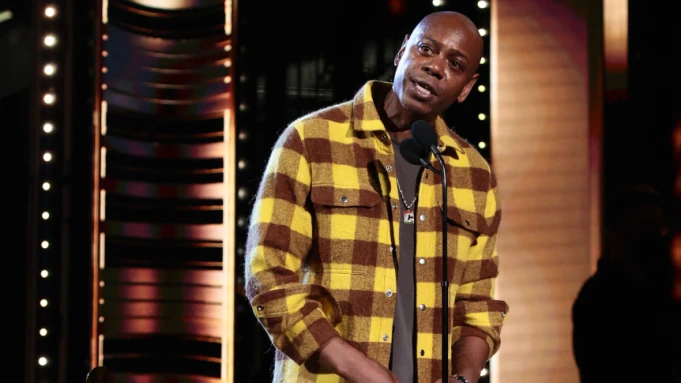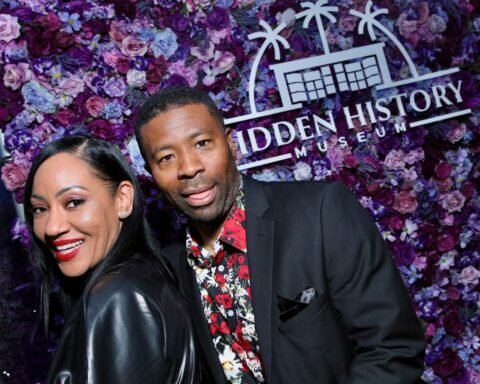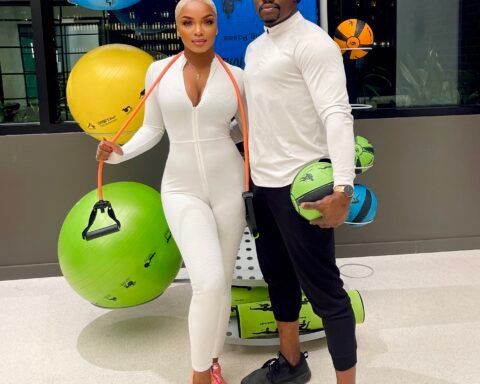Demands on D&I executives “exploded” when George Floyd was killed by police in May 2020, leading to fatigue and a continual need to strike a balance between workers and CEOs, but there were also encouraging indications of advancement.
On May 30, 2020, Latasha Gillespie distinctly recalls having a doctor’s visit. It had been five days after George Floyd was smothered by a police officer, causing an unparalleled societal reaction of horror and indignation. His agonising nine minute, 29 second death had been caught on film and seen by millions across the globe. Since that time, Gillespie, like many other heads of inclusion in Hollywood and at businesses around the nation, has been meeting with leadership to provide direction and message as well as with workers to listen and hold space.
The head of global diversity, equality, and inclusion at Amazon Studios describes her mental state when she arrived to the doctor’s office: “I was in heavy gear doing this.” Her new patient paperwork’ last line on mental health made her pause: Do you experience anxiety? Are you depressed? Do you have a hard time falling asleep? She adds, “Every inquiry, my response was yes.” “I hadn’t paused to admit I wasn’t OK because I had been in go-go-go mentality. Not from a human standpoint — as a Black woman married to a Black guy, a Black mother of two Black sons, and a Black father’s daughter. But I also realised that when situations like these happen, you have a chance to effect actual change rather than simply showy things.
The same was true for many of her coworkers in the area. “We became into therapists and counsellors, attempting to assist individuals in making sense of what is occurring in the outside world and how it affects them at work. We were each made to compartmentalise our own emotions,” says Paul Martin, chief diversity officer at Sony Pictures. “I had sentiments about viewing [Floyd’s murder] and how to explain this to my kid, but when I started to approach this from a more organised business perspective, my feelings had to become less of a concern.”
In the summer of 2020, CDOs discovered that their duties had abruptly increased. According to Craig Robinson, CDO at NBCUniversal, “my schedule skyrocketed.” “Within a week, I had 25 requests to present in virtual town halls held around the business. Over the course of roughly 10 days, I talked with eight or nine thousand of our staff.
Many individuals in the early stages of a pandemic that literally merged the lines between work and home life looked to their employers for support in navigating their thoughts and feelings as well as to demand action. People wanted to turn us into social justice authorities. According to Motion Picture Association vp external and multicultural relations John Gibson, who works with 56 media equity organisations as part of his job, “that’s not my area, but our partners are.
Additionally, businesses without a CDO raced to hire one. According to Jeanell English, a veteran of Discovery’s operations and human resources who departed in November 2020 to grow the office of representation, inclusiveness, and equality at the Academy of Motion Picture Arts and Sciences, “I’ve never received more job offers in my life.” “Oh my God, we need someone who understands what they’re doing and can help us think about diversity,” everyone said.
Organizations are looking for and relying on chief diversity officers more than ever, whether it’s due to mounting pressure from consumers and employees to reflect particular ideals — a 2020 Glassdoor study found “culture and values” as the top driver of employee satisfaction, far above “business outlook,” “work-life balance,” and “compensation and benefits” — or to the evidence that diverse businesses yield greater returns. However, how the function is used will determine whether the CDO develops into an essential component of executive leadership or only serves as a shield or scapegoat when criticism occurs. According to Gillespie, “You cannot recruit one individual and expect them to revolutionise a company.” You’re setting that individual up for failure if you’re not prepared to equip them with a team, provide them with resources, and provide them a budget. Typically, that individual is a woman, a member of the LGBTQ community, or a person of colour, and when things don’t work out, that person—not the organization—is to blame. It’s hazardous.
The Hottest Seat in the C-Suite
According to LinkedIn, the number of diversity heads in firms all over the globe increased by 107 percent between 2015 and 2020. LinkedIn also noted a rise in D&I-related job postings in June 2020 after Floyd’s murder, which was 4.3 times the number of vacancies posted 60 months earlier.
The most of the main guilds and streamers in Hollywood, as well as the major studios, had CDOs for at least a few years before to then, in part due to past industry-specific inflection points like the #OscarsSoWhite controversy in 2016. We need a professional much as we would with finance, legal, or content, but [inclusion] is everyone’s responsibility,” says Vern Myers, vice president of inclusion strategy at Netflix and former outside consultant. In the last two years, agencies and awarding organisations have also adopted the position. While UTA recruited its first chief diversity officer in January, CAA and WME named heads of inclusion in November 2020 (WME parent Endeavor established a chief inclusion officer job in 2019, during its initial effort to go public).


